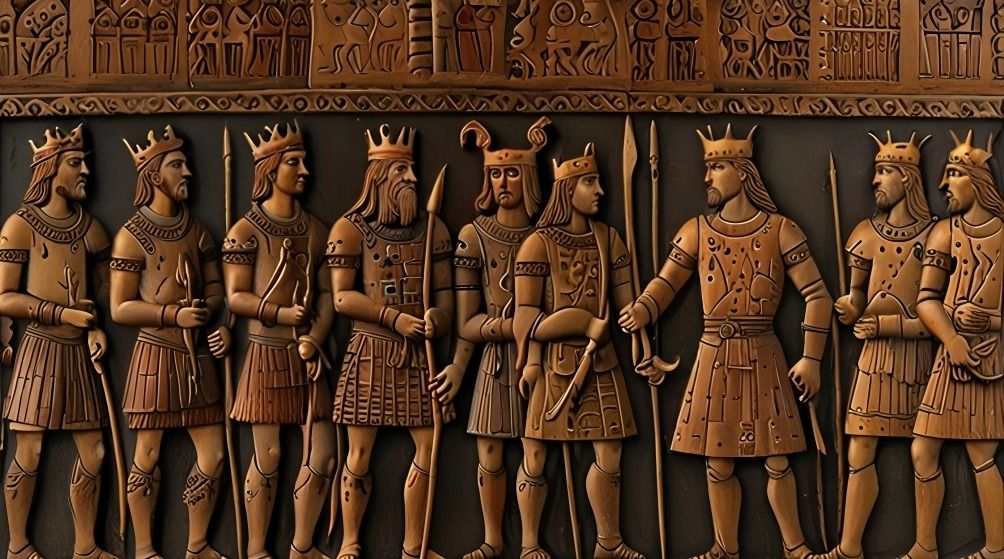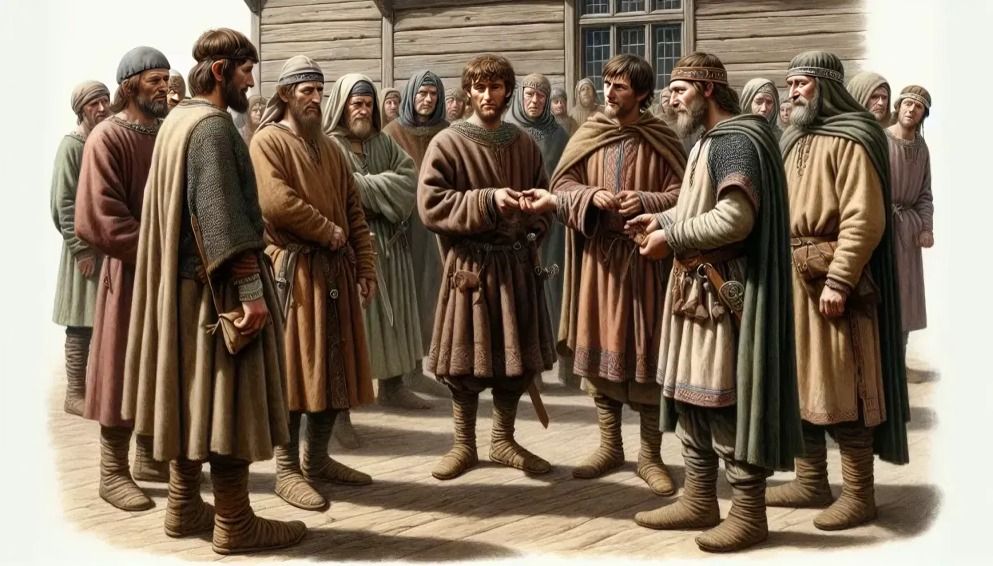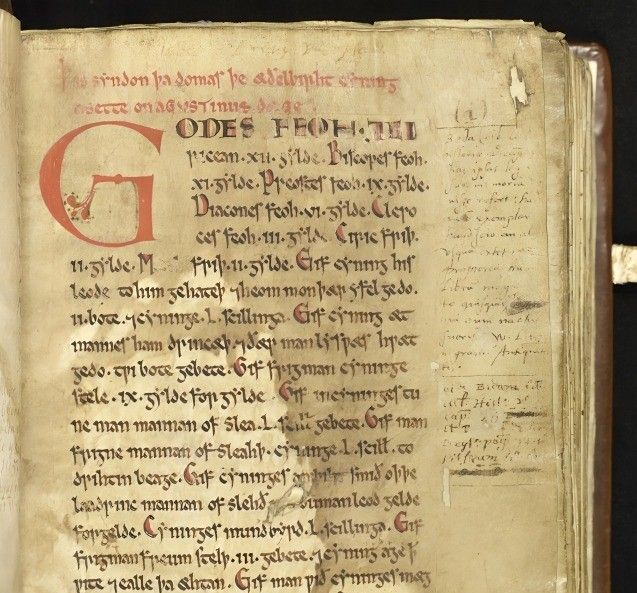
“
The Kingdoms of Anglo-Saxon England were a collection of seven principal kingdoms that emerged in England during the early medieval period. Known as the Heptarchy, these kingdoms—Wessex, Mercia, Northumbria, East Anglia, Kent, Sussex, and Essex—played a crucial role in shaping English history and culture from the 5th to the 9th centuries. Each kingdom had its own rulers, traditions, and territorial boundaries, leading to a rich tapestry of political and social dynamics. The Anglo-Saxons were known for their agricultural prowess, craftsmanship, and contributions to the English language and literature. This blog will explore 20 captivating facts about the Kingdoms of Anglo-Saxon England, highlighting their significance and the legacy they left in shaping modern England.1
”
The Kingdoms of Anglo-Saxon England emerged around the 5th century, following the withdrawal of Roman legions, leading to a fragmented landscape of competing kingdoms and tribes.1
Wessex eventually became the most powerful kingdom, thanks largely to the leadership of King Alfred the Great, who united various factions against Viking invasions in the 9th century.2
Mercia was another dominant kingdom known for its military strength, flourishing trade, and cultural achievements, with rulers like Offa implementing significant reforms and establishing alliances.3

Northumbria was a cultural and religious hub during the Anglo-Saxon period, producing significant works of art, literature, and scholarship, including the famous Lindisfarne Gospels.
The Anglo-Saxon Chronicle, a key historical source, chronicles the history of the Anglo-Saxon kingdoms, detailing important events, battles, and the evolution of the English language.4
The spread of Christianity had a profound impact on Anglo-Saxon England, with missionaries such as St. Augustine converting pagan kings and establishing monasteries as centers of learning.5
Kingdoms often engaged in warfare, and territorial disputes led to shifting alliances and rivalries, significantly influencing the political landscape of Anglo-Saxon England.6

The practice of "wergild" was an essential part of Anglo-Saxon law, where a monetary compensation was paid to the family of a victim to prevent feuds.
Anglo-Saxon society was organized around the "hundred" system, which divided land into manageable units for governance, justice, and military organization, promoting local administration.7
Women in Anglo-Saxon England enjoyed various rights, including owning property and participating in legal matters, and some even held influential positions in society and governance.8
The Battle of Edington in 878 marked a turning point for Wessex, where King Alfred the Great defeated the Viking leader Guthrum, leading to a peace treaty.9

The burial mounds of Anglo-Saxon nobles often contained lavish grave goods, including jewelry, weapons, and other artifacts, indicating their wealth and status in society.
The use of the Old English language flourished during the Anglo-Saxon period, laying the foundation for the modern English language with many words still in use today.10
Art and craftsmanship thrived, with exquisite metalwork, illuminated manuscripts, and intricate wood carvings reflecting the artistic talent of Anglo-Saxon artisans and their cultural values.11
Monastic centers played a crucial role in preserving knowledge, with monks transcribing classical texts and religious works, ensuring the survival of important literary heritage.12
The influence of Scandinavian settlers brought cultural and genetic diversity, leading to the integration of Viking customs and practices into Anglo-Saxon society and governance.13

Anglo-Saxon law codes, such as those established by King Æthelbert of Kent, provided a framework for justice, highlighting the importance of order and community accountability.
The concept of "cyning," meaning king, emphasized the role of a ruler as a protector and provider, responsible for the welfare and prosperity of their people.14
The arrival of the Normans in 1066 dramatically changed the political landscape of England, ending the Anglo-Saxon kingdoms and introducing a new feudal system that reshaped society.15
The legacy of the Kingdoms of Anglo-Saxon England can still be seen today in English culture, language, and legal systems, reminding us of their enduring impact on history.16


